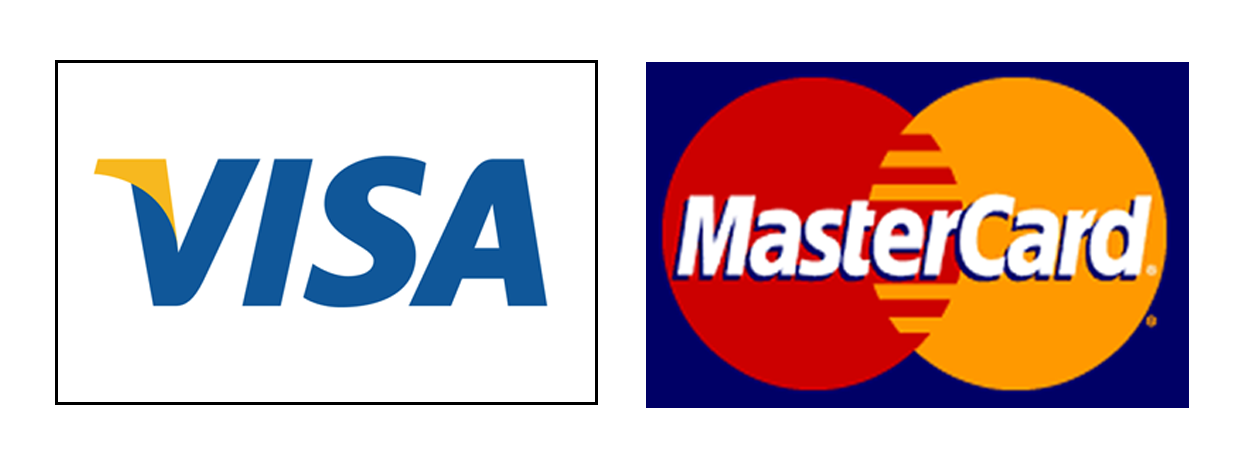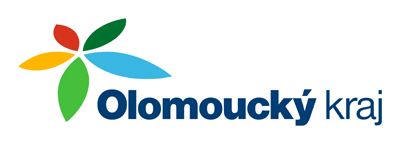Leisure in the Czech lands 1957-1967
Martin Franc, Jiří Knapík
The post-war reduction in working hours and the increase in leisure time were among the phenomenon that had an extremely significant impact on lifestyle development in the 1950s and 1960s. According to contemporary ideological ideas, leisure time was primarily to be filled in by expressions of social engagement, self-education and physical activity,šak looked different, and in the forms of leisure time, especially the young generation of Czechoslovak citizens, especially in the 1960s, was very close to their peers elsewhere in Europe. The present manuscript follows the social context of the gradual increase in the volume of leisure time and the effects of changes associated with new ways of spending free time on the functioning of Czech society in the second half of the 1950s and 1960s, including period professional discussions on this topic. It also speaks of the transformation of the whole society at that time and, in particular, of the transformation of the mentality of society and its new relationship with consumerism. At the same time, it seeks to answer some questions about the effectiveness and impact of the ruling power’s efforts to actively influence life in the private sphere of citizens, especially leisure activities. Based on probes devoted to individual forms of leisure time (e.g. collecting, DIY, travel, dance entertainment, extracurricular education and cultural activities), he discusses in detail some typical examples of period leisure activities, including their often very complicated relationship to ideological ideas at the time. Special attention is paid to the issue of spending youth’s free time, including emerging pathological conditions (alcoholism, the beginnings of drug addicting, so-called hooliganism).
550 CZK


